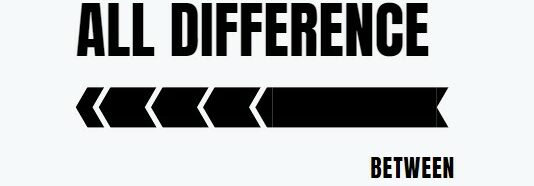The basic technique of titrations determine acid, bases, reductants, oxidants and other reactions such as redox reactions and acid-base reactions. Herein, the elementary concept used in acid-base reactions involves determining the unknown concentration of a solution when it gets neutralized with another solution. Endpoint and equivalence point are the two most significant postulations in chemistry titrations. Below listed differences confer more about both of the stages.
So What is the Differences between Endpoint and Equivalence Point?
1. Endpoint implies a ceasing process
An equivalence point refers to a point where the titrant in line gets equal with the analyte in the solution, whereas the endpoint is the stage in titration which indicates the ceasing of the process by the sign of color change.
2. Endpoint is indicated by a change in the colour of the solution
The indicator for the endpoint is the change of the color of the solution, whereas the indicator for the equivalence point is the stage where the titrant is chemically correspondent to the analyte in the solution.
3. Equivalence point occurs before the endpoint
The main difference between the both is equivalence point marks the end of the reaction and comes before the endpoint, whereas the endpoint is the phase that comes just after the equivalence point and is marked with the change in the color of the solution.
4. At equivalence point, the moles in one titrant equals to moles in the sample
The equivalence point is the precise point in a titration when moles of one titrant is equivalent to the moles of the sample being titrated. In contrast, the endpoint is the point in the chemical reaction when the moles of the reacting titrant exceed the moles of the sample being titrated.
5. There are many equivalence points in weak acids
Only one endpoint occurs in weak acids. Contrarily, there are multiple equivalence points occurring in weak acids. Elaboratively, when titration occurs with a weak polyprotic acid, there are multiple equivalence points because H + get dissociated when equivalence point is reached. Therefore, the amount of equivalence points are dependent on the number of H + atoms that can be drawn out from the molecule.
6. Reactions are completed at the equivalence point
The endpoint doesn’t always give the exact point where the reaction ends. Sometimes the indication of color change suggests that the particular pH change in the solution has occurred and does not mean that the reactants have reacted and the reaction is complete. On the other hand, the equivalence point is the exact point where the reaction gets completed and states the stoichiometric measures of reactants.
7. At equivalence point, the number of moles of acid and the base are at chemical equilibrium.
The equivalence point occurs when the number of the moles of acid and the number of the moles of base are at the same chemical equilibrium whereas end point is the point where reaction between the two solutions comes to a cease.

